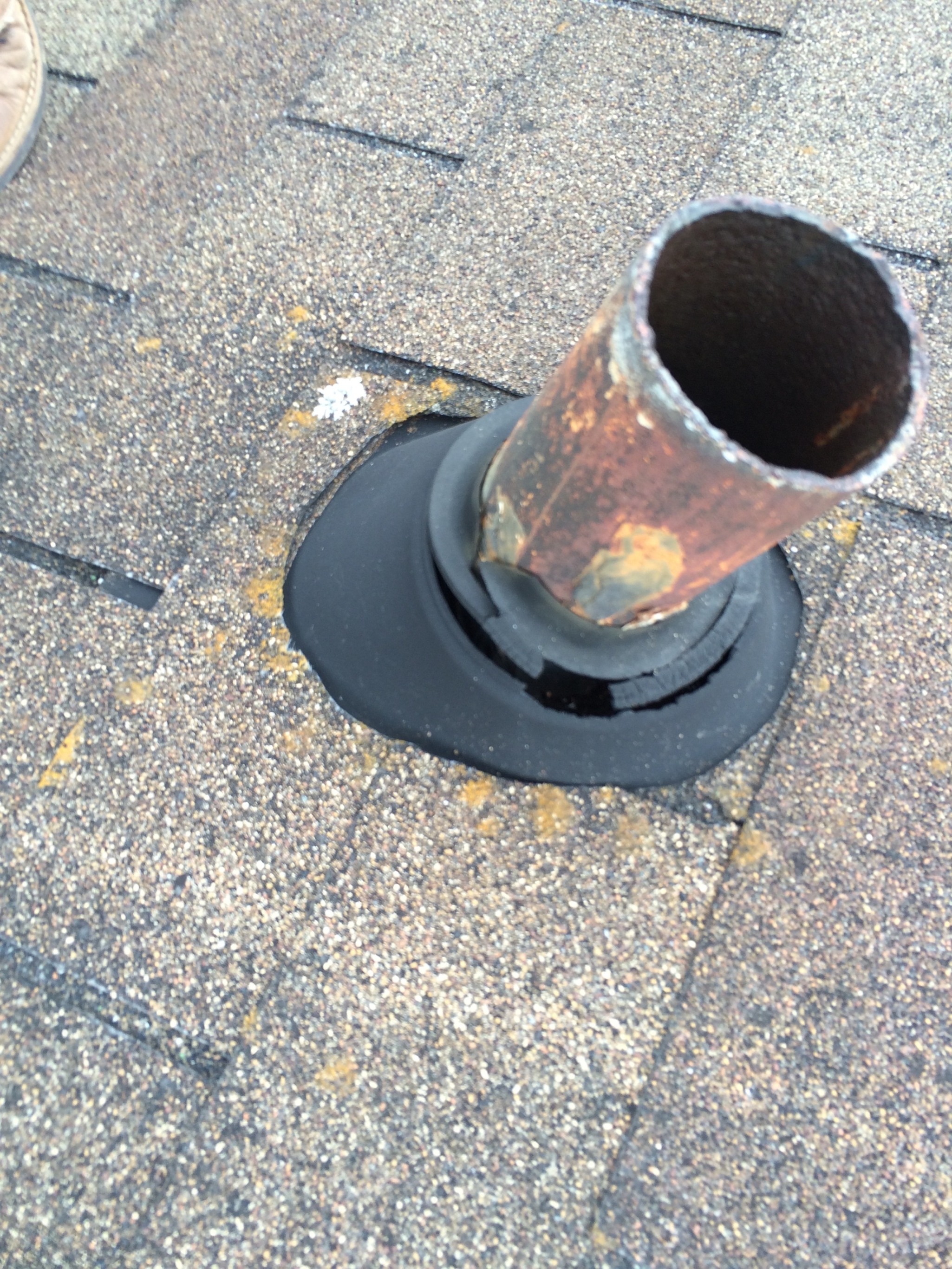Solutions to Ice Dams: From Prevention To Recovery
Combat Ice Dams! Address Roof Leaks And Thin Insulation Before Winter Weather Strikes.
When you are planning for your home’s winter readiness, check your roof from the inside looking for cracks, gaps, and joints. Seal all gaps and check for air and water leakage. When your insulation is thin, bringing it up to the latest code can make a tremendous difference in the heating and cooling efficiency of your home. The less heat emitted through the attic to the snow and ice on the roof, the less your chances of developing ice dams that can cause real damage to your roof.
Final Ice Dam Prevention Solutions Include Improving Ventilation And Installing a Waterproof Membrane.
Once your attic is air insulated, then improving ventilation makes a difference. The goal is to keep the air properly flowing through the home and minimizing inefficiency and heat loss through the roof. Think of it like walking in cold weather without the right hat to keep your body heat regulated. Installing a waterproof membrane is typically done when installing a new roof and can be a costly solution. Once you are at the point where you roof needs a waterproof membrane, you likely need a new roof. The waterproof layer minimizes leaks and maximizes the life of your roof.
When You’ve Got Ice Dams And Need Recovery, Handle It Layer By Layer.
The first step is knocking off excess snow to get to the ice dam. Whenever you are doing any work on your roof, be sure to take extensive safety precautions. This is especially critical in suboptimal weather conditions. Chiseling away the ice dam also requires attentive care, so as not to do any further damage to the roof. Once the ice dam is removed, salt or other chemical melting agents may be applied to halt the problem until the weather clears enough to solve the root problem.


